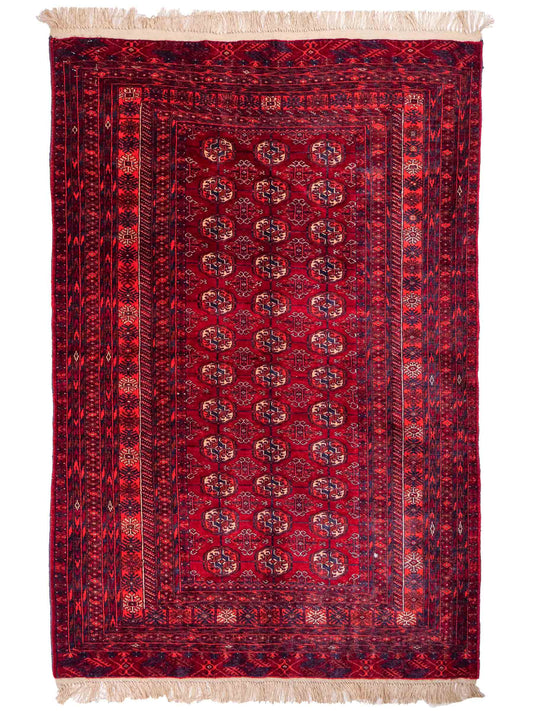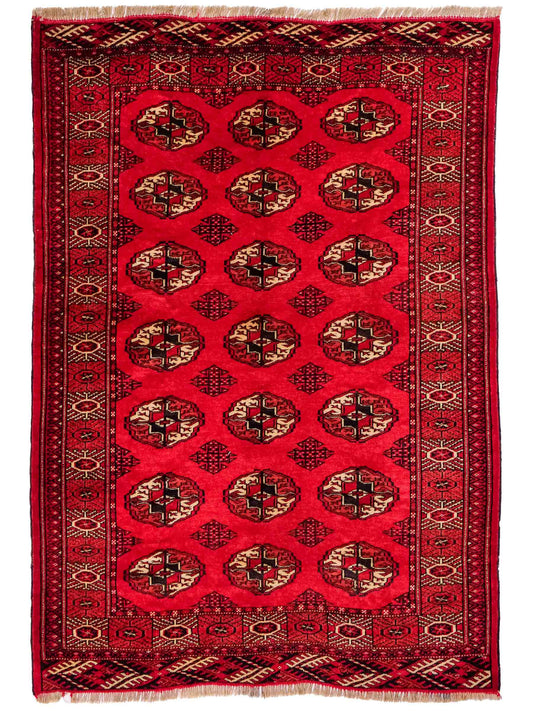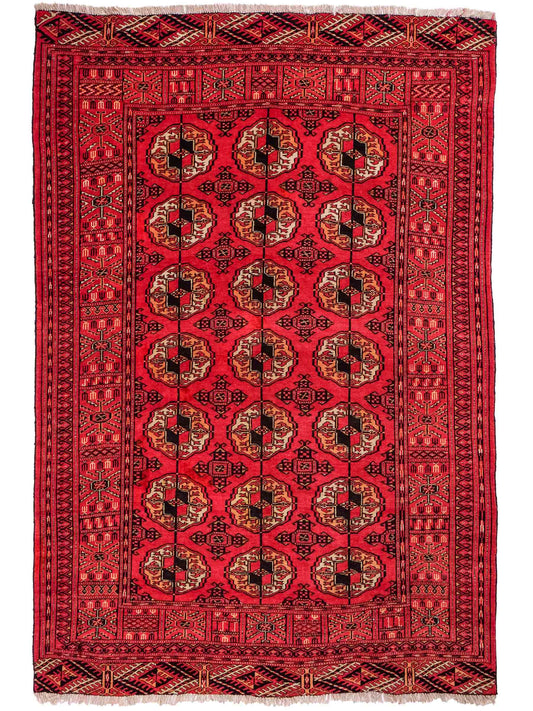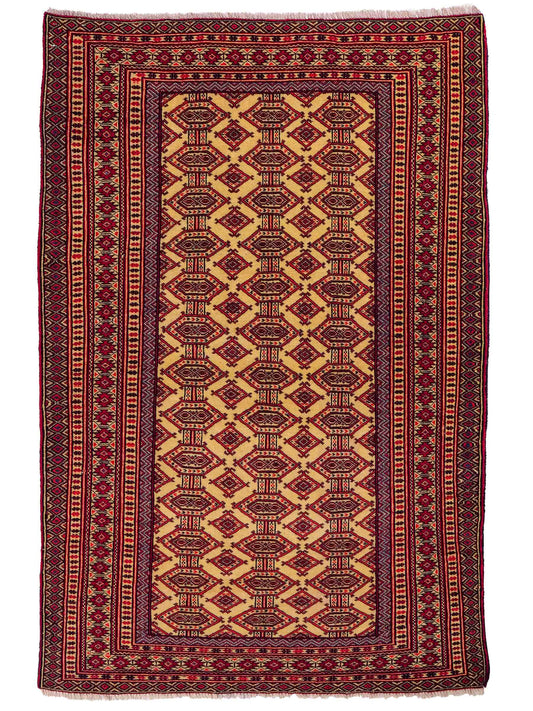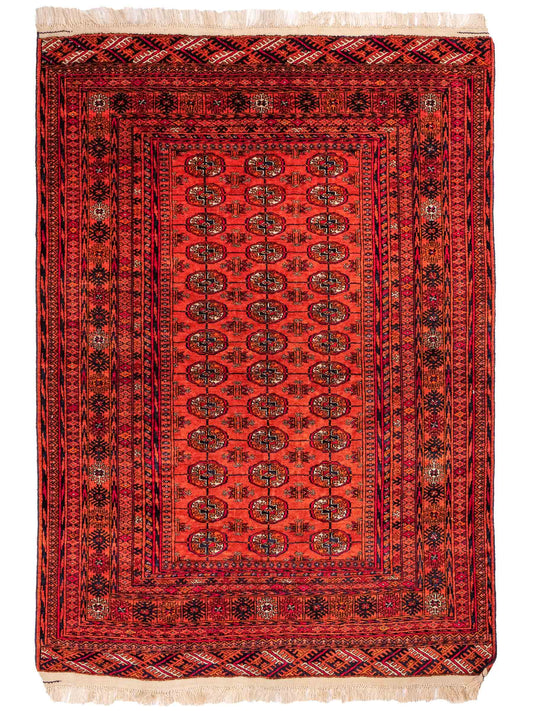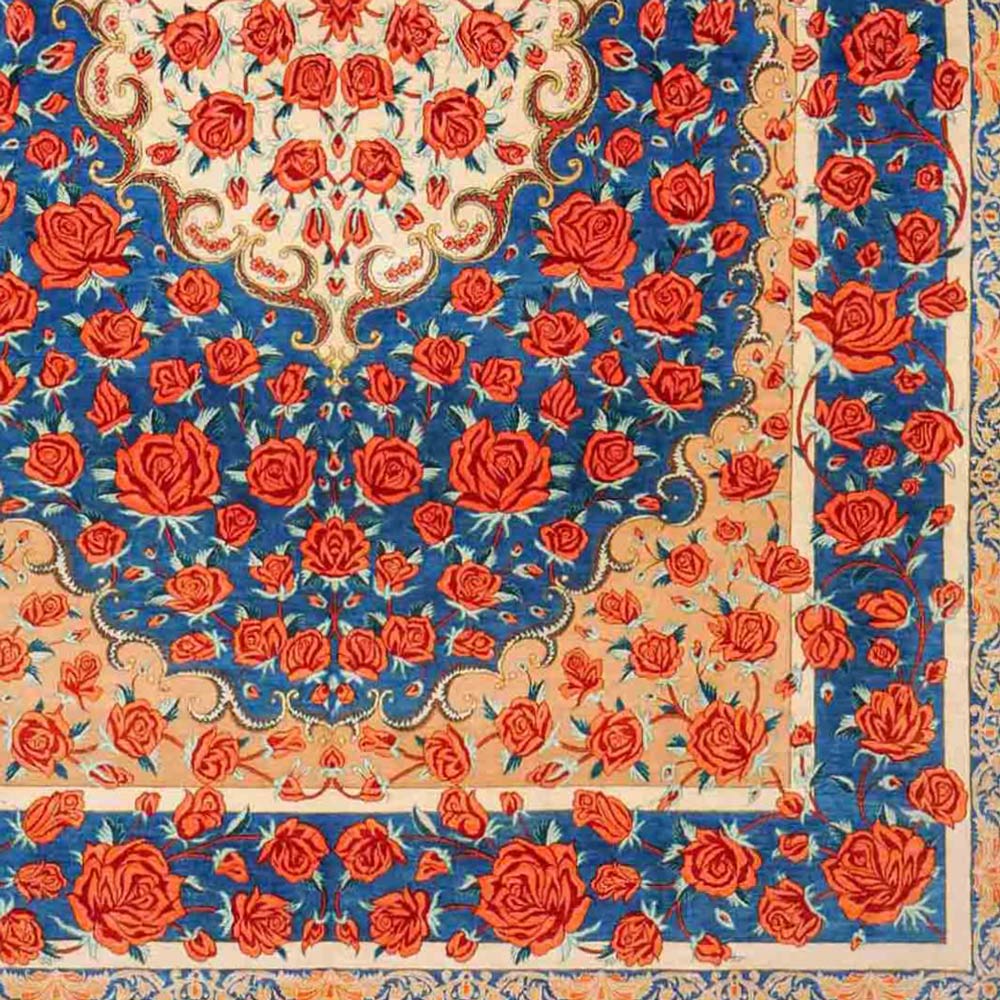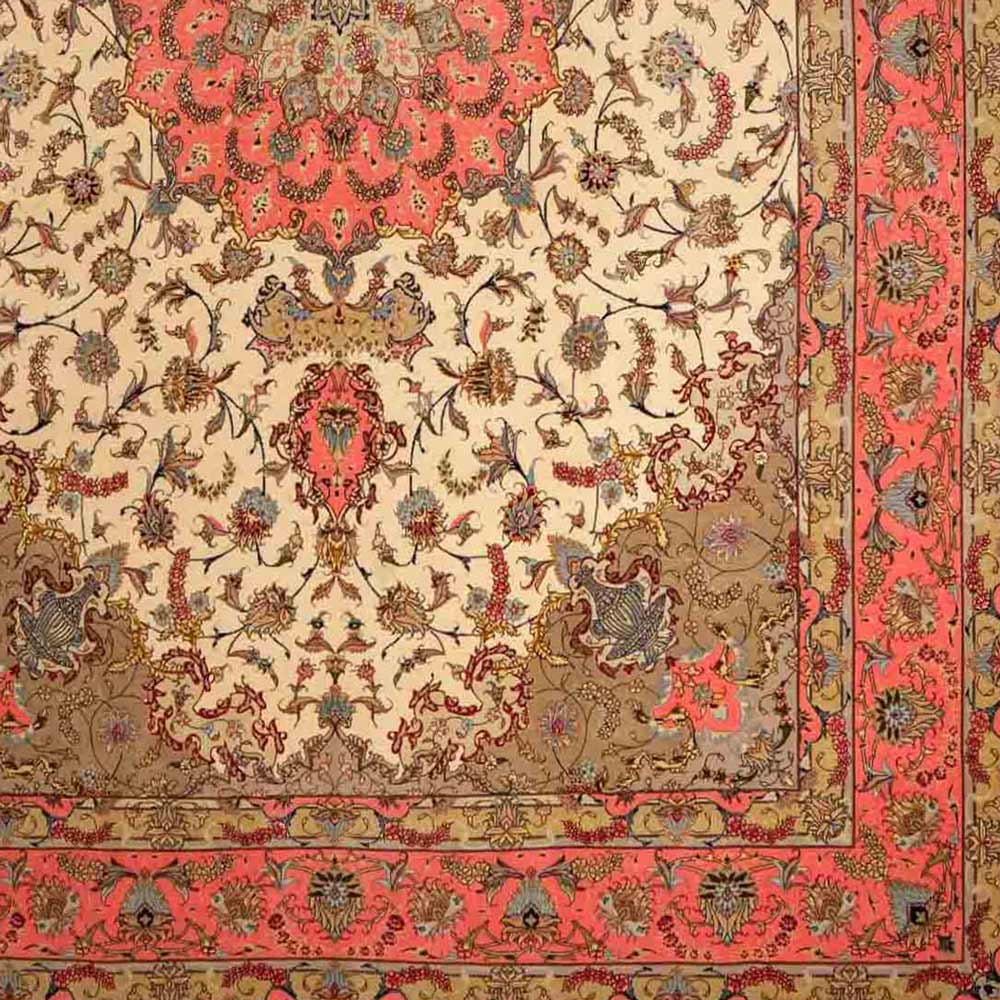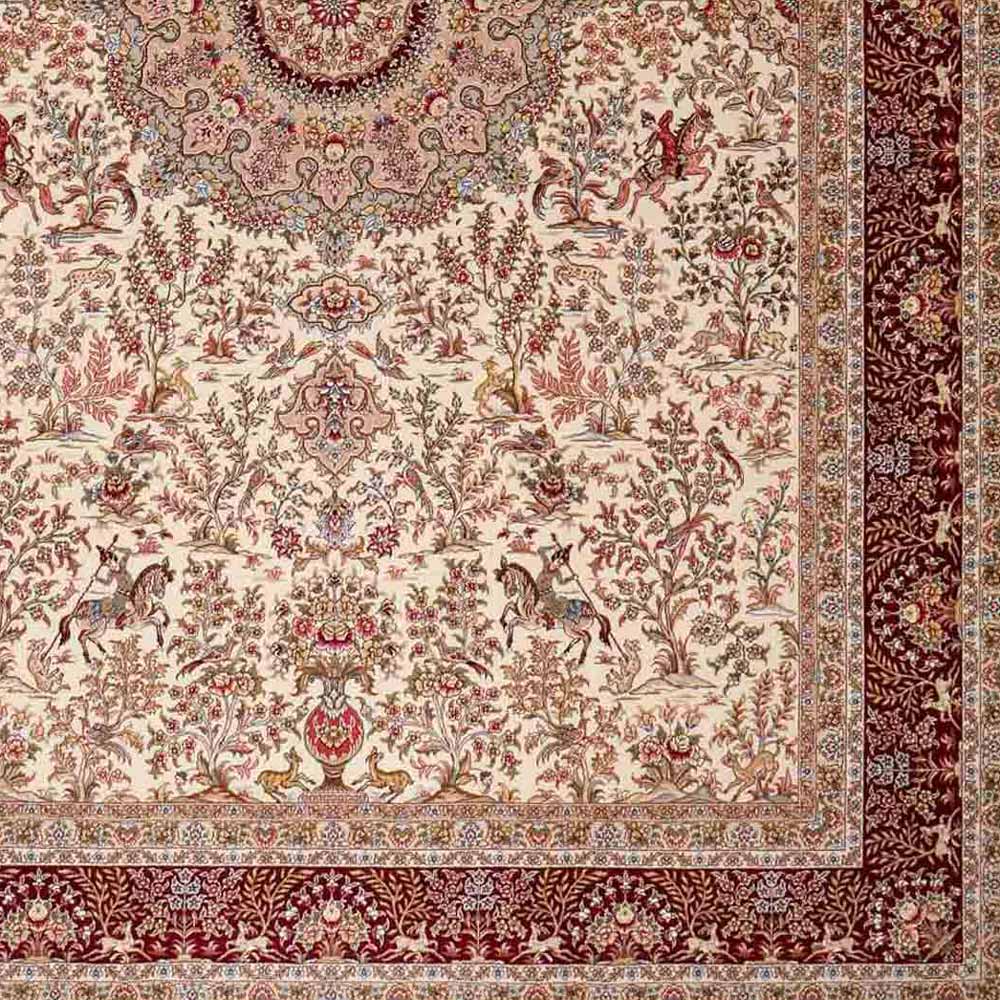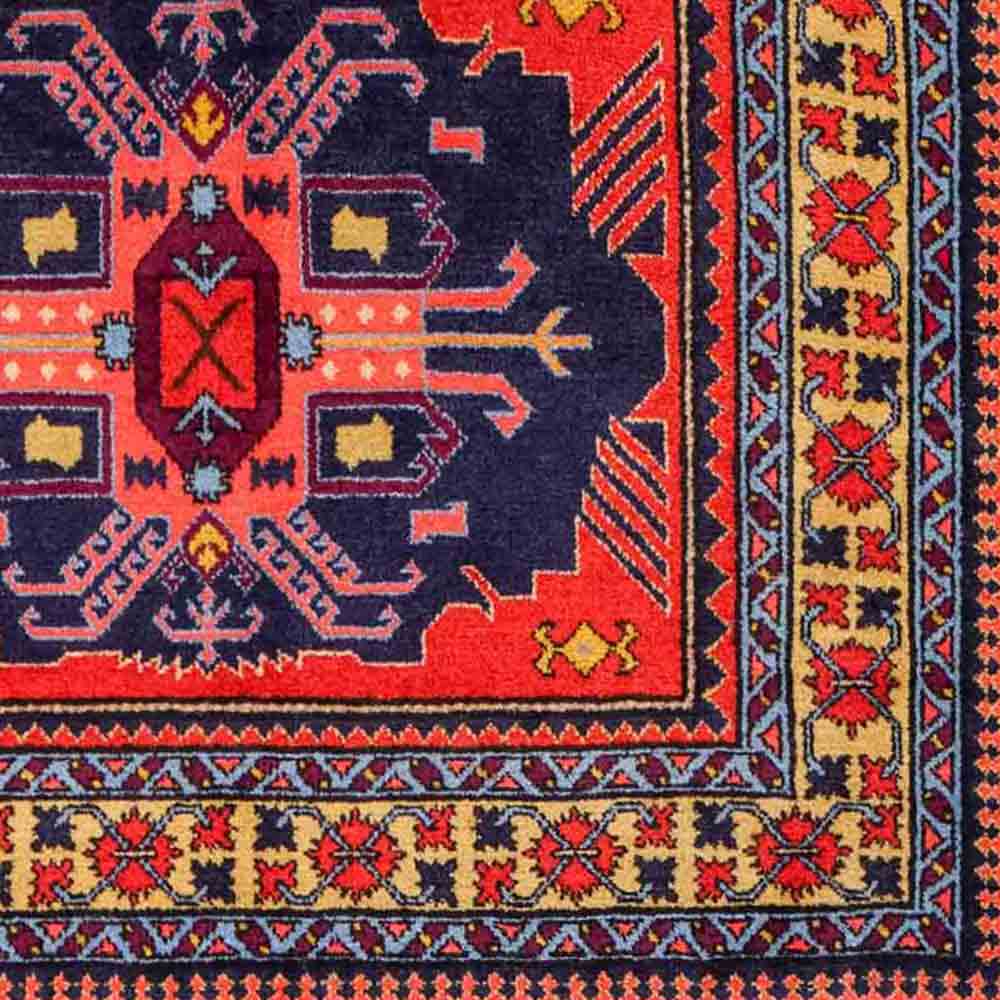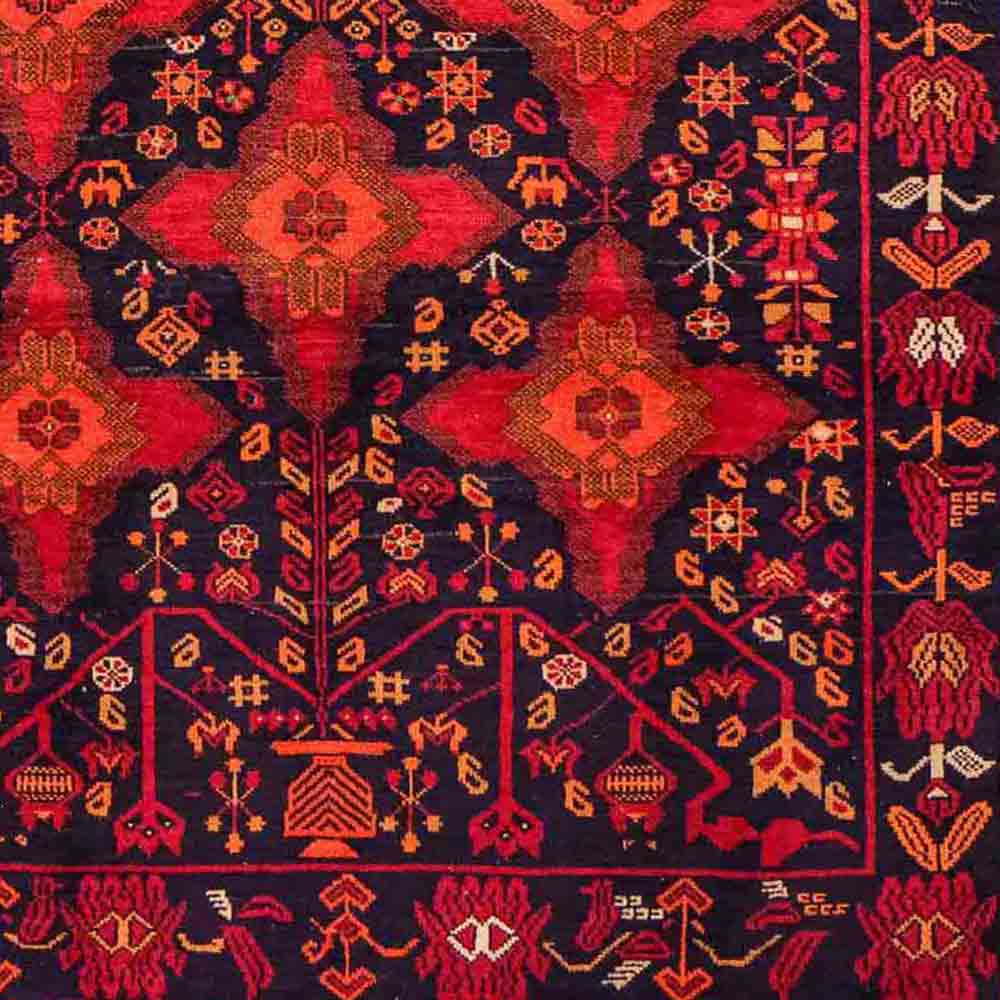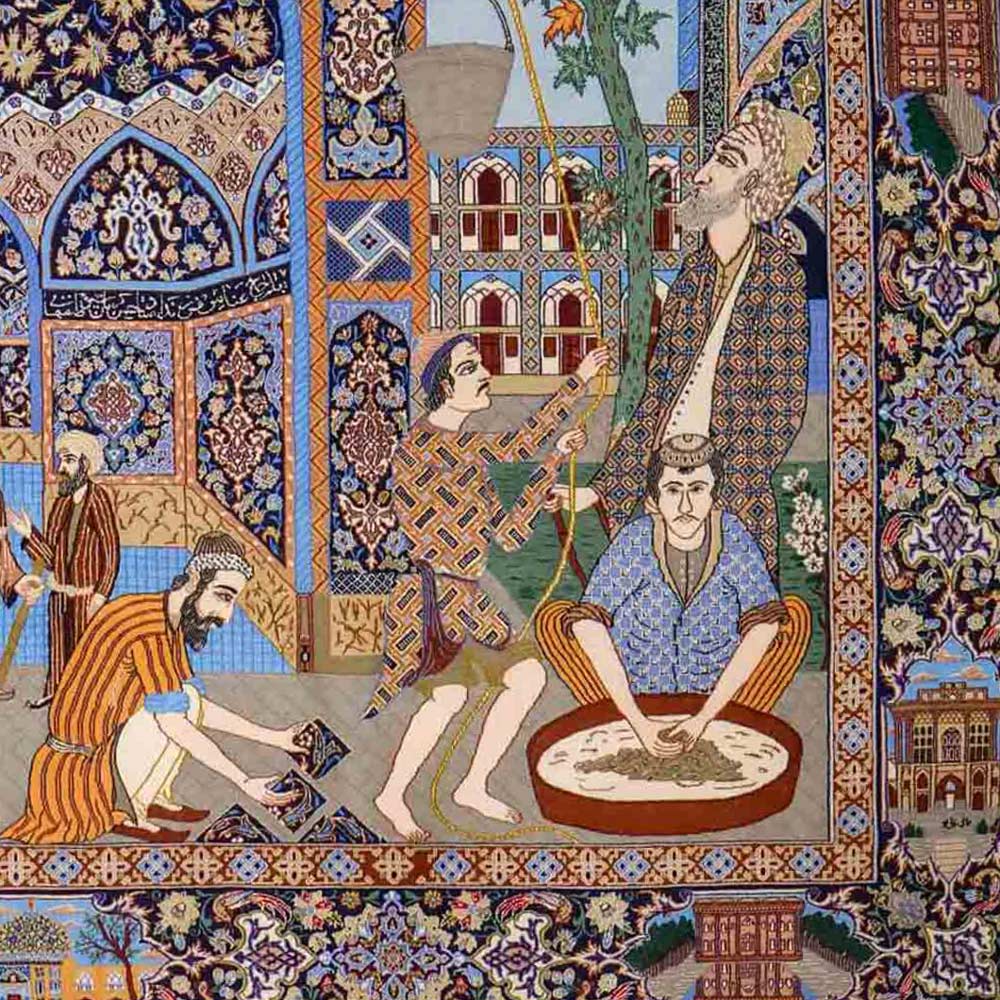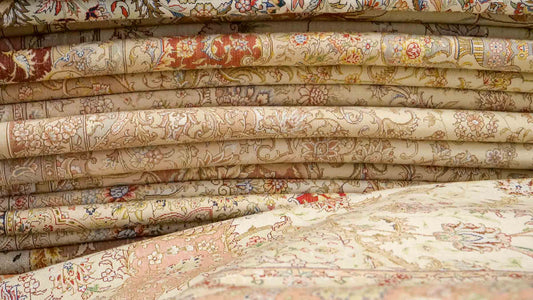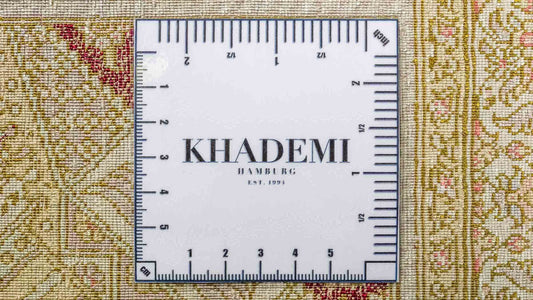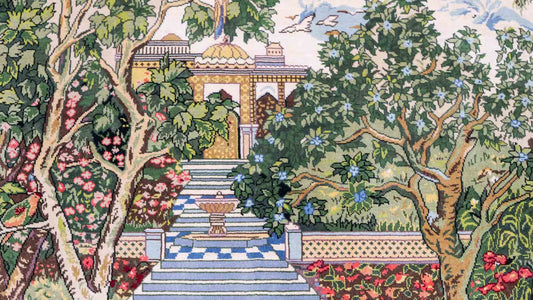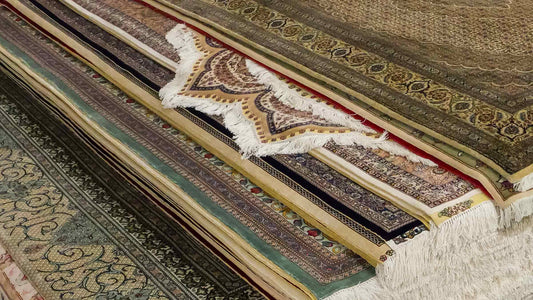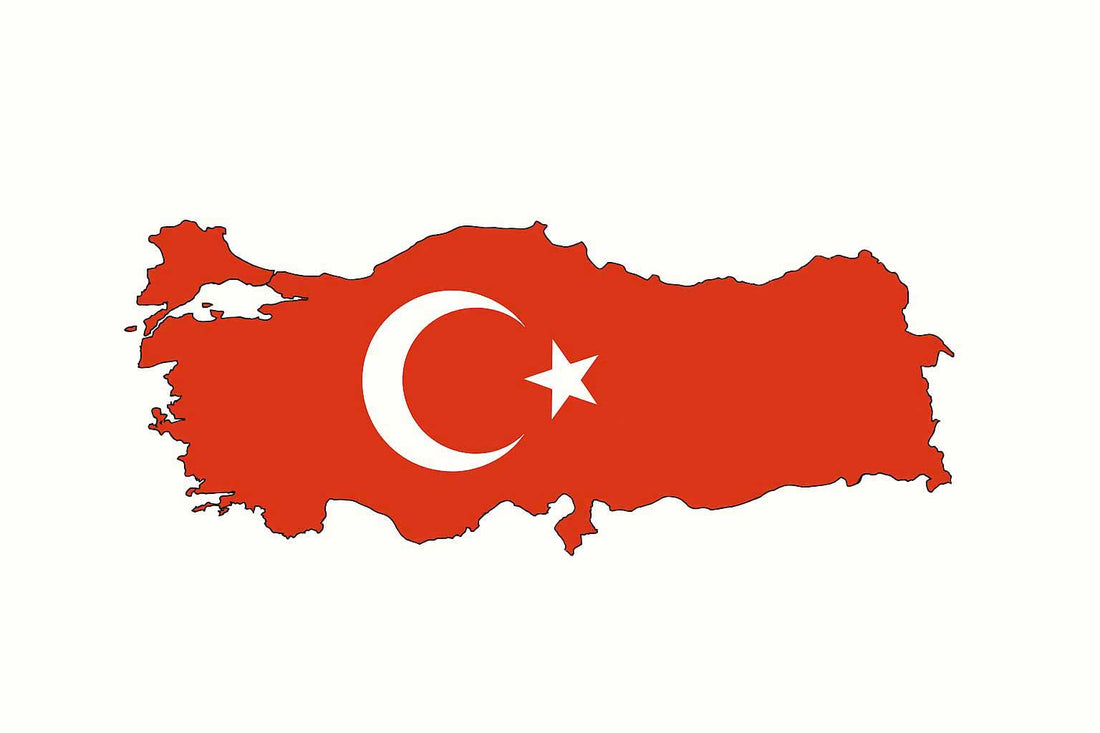
Türkiye: Art and Culture in Every Knot
Daniel KhademiStep into the fascinating world of Turkish rugs – where artistic patterns meet centuries of handcrafted tradition.
Whether showcased in a grand traditional hall or a modern loft, Turkish rugs infuse every home with warmth, character, and timeless elegance. These highly sought-after masterpieces seamlessly blend intricate designs with rich artisanal heritage.
Turkish Rugs: Key Facts at a Glance
- Handcrafted rugs from regions like Hereke, Konya, Kayseri, and Bursa
- Inspiring range of designs: geometric, floral, pictorial—trendsetting worldwide
- Color palette: Vibrant reds, golds, blues, yellows, and natural earth tones—often achieved using natural dyes
- Premium materials: High-quality wool, luxurious silk, and durable cotton
- Complex weaving: Turkish (Gördes) knot ensures density and long-lasting durability
- Cultural treasures: Symbols of luck, prosperity, and family tradition—passed down for generations
- Sought-after as statement pieces, investments, and collectibles
Discover Our Exclusive Turkish Rugs – Explore the Full Collection Now!
A Glimpse Into the History of Turkish Rugs
The art of rug making reached its peak during the Ottoman Empire, when carpets became a symbol of prestige and luxury. Turkish rugs graced palaces and mosques, but also found a place in people’s homes as vessels for cultural and family memories. Thanks to the crucial influence of the Silk Road—connecting Europe and Asia—numerous techniques and styles enriched Turkish carpet artistry, adding to their diversity in design and materials.
The Importance of Turkish Rugs: More Than Just Decoration
In Turkish culture, rugs are more than mere floor decor—they are carriers of identity and history. Carpets are often passed down through generations, serving as powerful expressions of cultural heritage. Patterns and colors frequently have symbolic meanings: reds represent good fortune and prosperity, yellow and gold stand for wealth. Rugs play a special role in milestones such as weddings, where they embody generational bonds.
Designs & Patterns – Diversity from Every Turkish Region
Turkish rug designs reflect the variety of their regions. Popular motifs include:
- Geometric Shapes: Clear, structured designs that convey harmony and symmetry—rooted in ritual significance and regional nuances.
- Floral Motifs: Blossoms and foliage lend vibrant palettes, capturing the natural beauty that inspires Turkish artisans. Stylized floral designs are characteristic and express the influence of the surrounding landscape.
-
Pictorial Scenes: Many rugs showcase stories from Turkish folklore or mythology, embedding allegorical or historical narratives for added cultural depth.
The color spectrum ranges from vivid reds and rich golds to blues, yellows, and earthy tones—often produced using time-honored plant-based dyes.
High-Quality, Natural Rug Materials
Material quality is key to a rug’s value and longevity. Turkish carpets are commonly made from:
- Wool: Robust, resilient, and inherently warm—ideal for daily living, offering both elegance and practical ease of care.
- Silk: Silk rugs exude luxury and a distinctive sheen, often adorned with delicate details that enhance a room’s sophistication. Genuine silk threads significantly increase a rug’s worth.
- Cotton: Used primarily for the rug’s foundation, cotton provides added stability and durability. When combined with wool or silk, it delivers both affordable and high-quality results.
Weaving Artistry & Knot Density in Turkish Rugs
The most common technique is the "Turkish knot" (also known as the symmetrical knot, Turkbaff, or Gördes knot), which allows artisans to create densely woven, top-quality rugs. Knot density is a major value factor and depends on the weaver’s skill:
- Premium rugs: More than 300,000 knots per square meter, traditionally hand-knotted—these take months or even years to complete and are highly prized for their detail and value.
- Mid-tier rugs: 100,000–300,000 knots per square meter—beautifully finished and well-suited for luxury interiors.
- Rustic options: Less than 100,000 knots per square meter; these feature simpler designs yet offer exceptional sturdiness and traditional character.
Key Turkish Rug-Making Regions
The most important provinces for the production of Turkish rugs are:
| Region | Signature Features | Designs & Colors | Highlights |
| Hereke | Silk rugs, ultra-fine knotting | Gold, pastels, delicate motifs | Luxury, highest knot density, collectible |
| Konya | Robust and traditional | Geometric, earth tones | Clear lines, deep-rooted cultural heritage |
| Kayseri | Versatile—both classic and modern | Red, blue, gold, mixed palettes | Wide design range, eclectic motifs |
| Bursa | Exquisite floral motifs | Large floral, bold colors | Fine weaving, timeless classics |
Care & Value Retention of Turkish Rugs
Hand-knotted rugs from Turkey are extremely durable when properly maintained—and remain enduringly popular as investments.
Care Tips:
- Avoid direct sunlight
- Use mild cleaning products only
- Rotate your rug regularly
For more detailed advice, visit our blog post: *How to Care for Hand-knotted Rugs*.
If you are interested in purchasing an exclusive one-of-a-kind piece, we recommend requesting an expert appraisal and reading our article: *Are Hand-Knotted Rugs a Good Investment?*
Checklist: How to Identify a High-Quality Turkish Rug
- Handmade: Minor irregularities in pattern and on the back are proof of true craftsmanship
- Knot Density: Premium quality starts at 300,000 knots per square meter
- Material: Pure wool or silk, strong cotton foundation—never synthetic fibers
- Colors: Bright, balanced, natural hues - Patterns: Fine, clear designs—regionally characteristic
- Touch: Dense, soft yet sturdy feel
- Back: Patterns are clearly visible on the reverse
- Certificate of Authenticity: Reputable dealers provide documentation of origin
FAQ – Frequently Asked Questions about Turkish Rugs
What makes Turkish rugs so special?
► Unmatched patterns, high-quality materials, rich symbolism, and traditional weaving mastery.
Are Turkish rugs valuable?
► Absolutely—original pieces with fine knotting and natural materials are prized by collectors and often retain or increase their value.
How do I care for my Turkish rug?
► Vacuum gently, avoid direct sunlight, rotate regularly—find expert care tips in our Rug Care Guide.
How can I recognize a genuine Turkish rug?
► Look for hand-crafted details, knot density, and materials—request a Certificate of Authenticity or seek expert advice if you’re unsure.
Conclusion
Turkish rugs are coveted cultural treasures with a captivating history and outstanding craftsmanship. They express a dazzling spectrum of regional tradition through unique colors and patterns. Whether you’re styling your home or investing in a future heirloom, a Turkish rug will bring that special something to any space.
Want to learn more? Discover our related blog articles → Design Classics, Countries of Origin, Carpet Materials, Carpet Guide

